Two years ago I wrote a story asking the question, “To be Hot or Not? That is the Dwarf Question.”
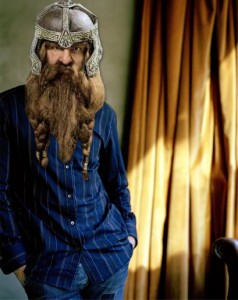 While essentially a joke — one which spread like wildfire – a real concern for some fans prior to casting “The Hobbit” was whether or not a film featuring a supporting cast of 13 short hairy men would be interesting to studios and audiences unless those short hairy men were transformed into attractive short-statured hunks, the likes of which would send diehards into fits of horror.
While essentially a joke — one which spread like wildfire – a real concern for some fans prior to casting “The Hobbit” was whether or not a film featuring a supporting cast of 13 short hairy men would be interesting to studios and audiences unless those short hairy men were transformed into attractive short-statured hunks, the likes of which would send diehards into fits of horror.
The question was, would the filmmakers be forced to go that route, and also – did we want them to? Should there be Hot Dwarves?
(From here on this will contain minor spoilers, so those of you who wish to remain “pure,” turn back now.)
++++++++++
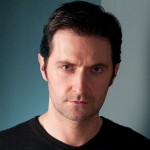 With the casting of Richard Armitage as Thorin, the leader of the dwarves, we couldn’t help but admit that we were conflicted. Supremely talented actor. But could he look dwarflike? Did he have to? Wait, yes, he has to. But should he? Head said yes, hormones said no. Shut up hormones.
With the casting of Richard Armitage as Thorin, the leader of the dwarves, we couldn’t help but admit that we were conflicted. Supremely talented actor. But could he look dwarflike? Did he have to? Wait, yes, he has to. But should he? Head said yes, hormones said no. Shut up hormones.
As the other actors were added, fans’ questions grew. And as stills of costumed dwarves began rolling out, the discussions raged on in fandom – Were the dwarves too cute? Too bad-assed? Too dwarvish? Not dwarvish enough? Too KLINGON? Second guessing gave way to infinity-guessing.
The movie a year or more off, poring over images and studying production diaries provided much fodder for speculators. Beyond Thorin, beyond Aidan Turner’s Kili and Dean O’Gorman’s Fili, the whole company was under intense scrutiny.
With the exception of Thorin, dwarves aren’t the leading characters in “The Hobbit” and yet the film would live or die on them. Too comical and audiences wouldn’t buy into the story. Too Hollywood-handsome and audiences wouldn’t buy into the story. Should they fade into the background entirely then it simply wouldn’t be “The Hobbit.” Nor if they became Robo-Dwarves-of-Doom, chewing on the scenery.
So, with the “Unexpected Journey” finally here, how did it all turn out?
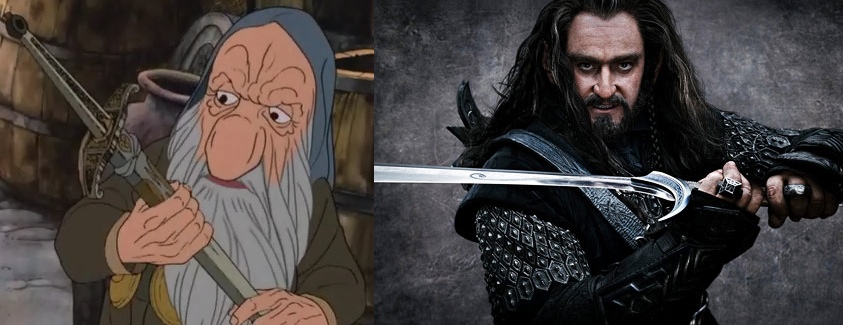
Fabulous.
No, Thorin does not harken back to the droopy-eyed Rankin Bass incarnation, nor does he resemble Tolkien’s description of a blue-hooded, silver-tasseled grump. But neither is he a Chippen-dwarf. He embodies the essence of the character – the haughty nobility, the impatience and simmering anger. The sadness. This is not the hot dwarf you were looking for, but so much more.
Voice, body language, costume, prosthetics – all combine to transform Armitage into the strong, surly Thorin Oakenshield. One dimensional images fade from mind and the focus shifts to the character in action, as it should.
It will be interesting to see where the second and third films take Thorin. At the conclusion of “Unexpected Journey” he has an emotional encounter with Bilbo – much, much earlier in the action than what occurs in the text. And that exchange adds another layer to a complexity that outweighs looks.
And what about the rest of the company?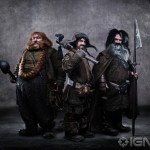
While “The Hobbit” on page is essentially a child’s tale, Peter Jackson hasn’t filmed a child’s tale. There is a vein of darkness running through the movie, brought by material added from the appendices and the established “Lord of the Rings” visual style.
For the action scenes to be believable – particularly in the higher frame-rate and in 3D – the dwarves must be warrior-like, to appear capable of fighting with the agility and intensity required. In the company of these dwarves, Gimli would appear soft.
And yet, the dwarves retain a whimsicality that makes them distinct. Like Thorin, their appearance is an expression of personality. With less time at the forefront, how they look is a large part of how we get to “know” them.
Balin with his luxurious white beard, the elder of the company. Bofur’s quirky cap and quick wit. The soft-spoken Ori in his cowled hood. But the things that seemed over the top in stills – Bifur with the axe-impaled forehead – aren’t in your face. Remarkably, at least in “Unexpected Journey,” we’re spared Bombur sight-gags.
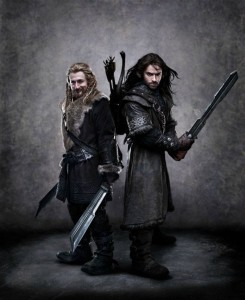 Which brings us to Kili and Fili.
Which brings us to Kili and Fili.
No, they do not look like dwarves. Kili even less so than Fili. Even in the company of dwarves, they do not look like dwarves. And yet, they look as if they belong with the dwarves. And while I’m pretty sure that might not make sense, I think once people see the film, you’ll understand what I mean. In the context of their behavior and actions – they work as dwarves. They fight like dwarves. It helps that Peter has not indulged in long, lingering, soft-focused glamor shots of Aidan Turner or Dean O’Gorman. Thank you, Peter.
While looks are possibly one of the more trivial aspects of the film – seriously, I do recognize the ridiculousness in all of this – a noticeable amount of effort has been put into crafting each dwarf’s appearance and then stepping back from focusing on it. It’s a measure of subtlety we didn’t expect.
++++++++++
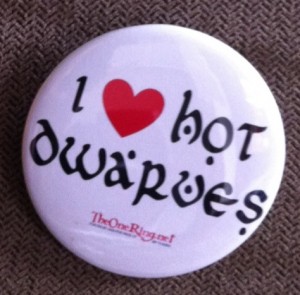 In the meantime, the phrase “Hot Dwarves” has spread across the globe since my story was first published.
In the meantime, the phrase “Hot Dwarves” has spread across the globe since my story was first published.
At San Diego Comic-Con this summer, Carrie Fisher fell for our “I <3 Hot Dwarves” t-shirt. In Wellington, Aidan Turner, who wanted a shirt for his own, was gifted with a “Hot Dwarves” button.
The phrase crops up in most stories I’ve read, is at alluded to in many interviews, raises its head in pop-culture memes and … well, last week showed up on the red carpet of the world premiere itself. [Watch]
“How do you feel about being one of the pin-ups in the The Hobbit,” said an interviewer to Richard Armitage.
”I thought you were going to say ‘hot dwarf.’” he graciously responded with some humor.
As I said at TheOneRing.net’s Comic-Con panel: Thank you, Richard, for being such a good sport. Bravo!
[sws_green_box box_size=”600″]
Related stories:
The Hobbit: an expected masterpiece in a distracting frame
The Hobbit’s dwarves: Too hot to handle?
MrCere reviews ‘The Hobbit: An Unexpected Journey’
Staffer Garfemaio reviews ‘The Hobbit: An Unexpected Journey’
[/sws_green_box]


